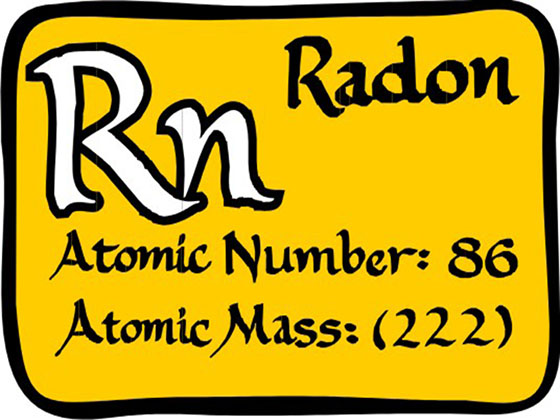Radon levels rise at Pleasantdale
Unprecedented gas levels cause school to secure long-term solution

Source: Thermographicassessments.com
December 1, 2014
For nearly a decade, Pleasantdale Elementary School has dedicated years of time and resources to test for radon throughout the building. After a series of tests indicated a spike in the normal levels of radon in August, the administration ordered more testing to be completed during the period of Sept. 22-Oct. 6.
This particular round of testing was monitored over the course of 14 days and eventually led to the discovery of 15 out of 35 locations that recorded radon levels above the recommended Action Level of 4.0 picocuries per liter (pCi/L), according to a report by the Radon Detection Specialists Inc. who surveyed the school.
Several classrooms were affected by these abnormally high levels of radon and from Oct. 17-Oct. 22; two second grade classes were relocated to a computer lab and different classroom. One first grade class was relocated to the art room. Two preschool classrooms were relocated into the library and another preschool room was relocated into a different preschool room. In addition, students had P.E. in the all purpose room, outdoors, or in their classrooms instead of in the gym. Music and art were held in the classrooms, according to Pleasantdale Elementary Principal Matt Vandercar.
“The kids did great and the teachers did great. Several classes had to temporarily relocate to other rooms but the staff made it fun and it was a learning experience for all involved,” Vandercar said. “Students and staff were very excited to return to their regular rooms. They really appreciate having their own space.”
Superintendent Dr. Mark Fredisdorf made the decision to create a long-lasting solution to the problem by upgrading to a permanent mitigation system to replace the current HVAC unit (that prevents radon from accumulating).
In the past, this specific device was capable of being turned on and off, which had the potential of leading to more skewed data and unreliability.
“We decided to look at a sub-slab mitigation system so we don’t just depend on our HVAC unit, because you’re always adjusting with it,” Fredisdorf said. “In fact, we had workers drill holes throughout the building to measure the degree of permeability in the soil which will tell us how many sub-slab units that we need. These fan units will suck out any radon gas below the surface of the floor.”
In the end, the safety of the faculty and students was of the utmost concern for the entire administration.
“It’s a priority to get this resolved and keep our kids safe. There will be a permanent solution to this problem very soon,” Vandercar said.





















![Movie poster for '[Rec]" (2007).](https://www.lionnewspaper.com/wp-content/uploads/2023/04/rec-640x900.jpg)

